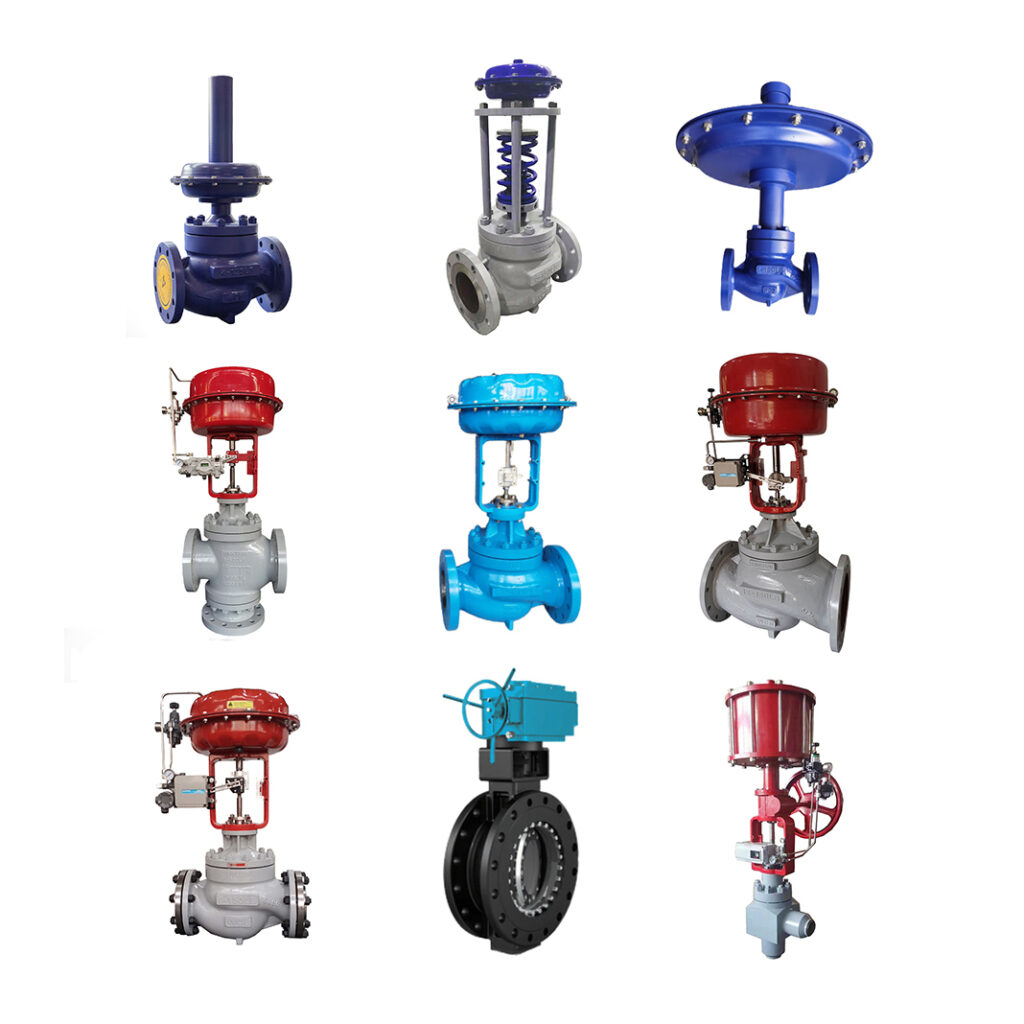Enhancing Functional Performance with Advanced Control Valves
Enhancing Functional Performance with Advanced Control Valves
Blog Article

Maximize Power Savings and Convenience With Advanced Structure Automation Controls
In the world of modern-day design and facility management, the integration of sophisticated building automation regulates stands as a pivotal development. By taking advantage of the power of automation, buildings can adjust, respond, and evolve in methods that were once unthinkable.
Power Efficiency Benefits
Power effectiveness advantages can dramatically decrease power consumption and operational prices in buildings. By implementing energy-efficient methods and modern technologies, structure owners and operators can attain significant cost savings while likewise adding to ecological sustainability. Among the main benefits of enhancing energy performance in buildings is the reduction of utility bills. Energy-efficient systems, such as advanced building automation controls, can maximize using resources like heating, lighting, and cooling, leading to lower power expenditures over time.
Moreover, boosted power performance can extend the lifespan of building devices and systems. By operating extra efficiently, HVAC systems, lighting components, and various other structure components experience less damage, resulting in minimized upkeep and substitute costs. Additionally, energy-efficient structures often command greater residential or commercial property worths and rental prices, offering lasting financial benefits to proprietors.
Additionally, power efficiency can boost occupant convenience and productivity. Effectively regulated interior environments with optimum lighting and thermal conditions develop an even more conducive and positive office, causing enhanced employee contentment and efficiency. Overall, the energy effectiveness benefits related to innovative building automation controls are complex, incorporating price financial savings, environmental stewardship, and resident wellness.
Improved Convenience Control
Enhancing convenience control in structure atmospheres calls for an innovative integration of innovative automation systems for optimum owner health. By using innovative structure automation controls, centers can customize the indoor environment to meet the details demands and choices of occupants. control valves.
By incorporating these advanced controls, buildings can not just improve comfort however additionally improve energy efficiency by enhancing system procedures based on real occupancy and use patterns. Inevitably, focusing on resident comfort through innovative automation systems leads to a much more satisfying and healthier indoor environment.
Functional Performance Improvements

Additionally, the implementation of real-time surveillance and analytics tools makes it possible for structure drivers to recognize power inefficiencies and operational anomalies without delay. By constantly keeping track of power use patterns and system efficiency metrics, modifications can be made in real-time to enhance power usage and make sure peak operational performance. control valves. Furthermore, integrating need response strategies right into building automation controls can even more enhance operational performance by dynamically readjusting energy use based upon grid conditions and prices signals
Indoor Environment Optimization
Efficient indoor environment optimization is a fundamental element of structure automation controls, ensuring residents' comfort index and wellness while making the most of energy savings. By making use of advanced sensors and controls, developing automation systems can continuously monitor and adjust temperature level, humidity levels, air quality, and air flow to create an ideal indoor environment. Keeping constant and comfortable problems not just improves passenger fulfillment yet also increases performance and general health.
Indoor environment optimization also plays an essential duty in power performance. By fine-tuning ventilation, heating, and air conditioning systems based upon real-time information and tenancy patterns, constructing automation controls can significantly decrease energy intake - control valves. As an example, applying strategies such as demand-controlled ventilation and thermal zoning can help lessen energy waste while making certain that each area of the structure gets the required conditioning.

Sustainable Atmosphere Production
Building automation controls not just optimize indoor environment conditions for energy efficiency and resident convenience however likewise lay the structure for creating a sustainable atmosphere through tactical management of systems and sources. By integrating innovative structure automation innovations, such as sensors, actuators, and smart software, facilities can keep an eye on and readjust energy usage in real-time to minimize waste and decrease their carbon footprint. These systems make it possible for anticipating upkeep, determining potential problems prior to they escalate and maximizing equipment efficiency to boost long life and effectiveness.
In addition, sustainable atmosphere creation expands beyond energy administration to encompass water conservation, waste decrease, and indoor air high quality renovation. Building automation controls can manage water use, identify leaks, and make sure correct waste disposal practices, adding to overall sustainability efforts. Additionally, this content by checking and managing air flow and filtering systems, these innovations enhance occupant health and productivity while decreasing energy usage linked with a/c useful link operations.
Final Thought
To conclude, progressed structure automation controls offer substantial benefits in terms of energy financial savings, comfort control, operational effectiveness, interior climate optimization, and creating a lasting environment. By carrying out these controls, buildings can attain ideal efficiency while minimizing energy intake and improving owner convenience. It is apparent that using innovative automation innovation is crucial in boosting building performance and creating an extra lasting future.
Power efficiency advantages can dramatically decrease power intake and operational expenses in structures. On the whole, the power performance advantages linked with advanced structure automation controls are complex, including expense financial savings, ecological stewardship, and resident well-being.
Additionally, including demand feedback strategies into structure automation controls can better boost functional efficiency by dynamically adjusting energy usage based on grid conditions and pricing signals.
Structure automation regulates not only maximize interior climate problems for energy efficiency and occupant convenience however likewise lay the foundation for creating a sustainable environment with critical monitoring of systems and resources.In verdict, advanced building automation controls deal significant advantages in terms of power savings, convenience control, functional efficiency, interior climate optimization, and developing a sustainable atmosphere.
Report this page